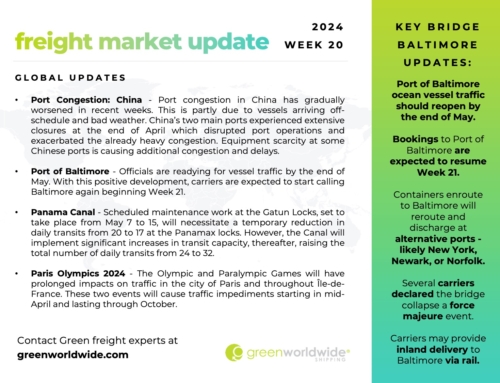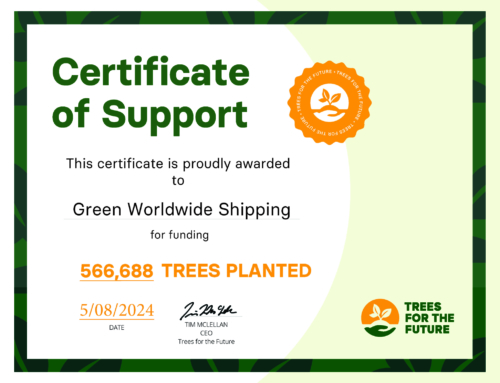EUROPEAN UNION: SHIPPING INDUSTRY
The shipping industry is crucial for the EU economy due to its energy efficiency, but it’s also a major and increasing source of greenhouse gas emissions. In 2018, global maritime shipping emitted 1,076 million tonnes of CO2, accounting for about 2.9% of emissions. Projections suggest these emissions could surge 130% above 2008 levels by 2050, compromising the Paris Agreement goal, which aims to limit global warming to under 2°C or even 1.5°C. At the EU level, maritime transport contributed 3-4% of the EU’s total CO2 emissions, exceeding 124 million tonnes of CO2 in 2021.
EUROPEAN UNION CLIMATE ACTION: SHIPPING EMISSIONS ALLOWANCE
Effective January 2024, the European Union’s Emissions Trading System (ETS) will include CO2 emissions from large vessels (5,000+ gross tonnage) entering EU ports. All vessels entering EU ports or sailing through EU waters will be impacted by this climate action – including those from non-EU countries.
The EU carbon allowance includes:
50% of emissions from voyages starting or ending outside of the EU (allowing the third country to decide on appropriate action for the remaining share of emissions);
100% of emissions that occur between two EU ports and when ships are within EU ports.
The measure will only apply to vessels passing through EU territory, not on individual containers loaded on the ships. The EU ETS initially addresses CO2 (carbon dioxide) but will expand in 2026 to include CH4 (methane) and N2O (nitrous oxide) emissions.
MARITIME VESSEL OPERATOR REQUIREMENTS
Vessel owners must buy and utilize EU ETS emissions allowances for each instance of reported CO2/CO2 equivalent under the EU ETS scope. Shippers are obligated to provide verified annual emissions reports to the EU for the previous year. Starting from January 1, 2024, shippers need to start monitoring their emissions within the EU. The implementation of this system will be gradual, allowing shippers sufficient time to adjust to these requirements.
Maritime vessels will give up a percentage of their allowances based on the following schedule:
2025: pay for 40% of their 2024 reported emissions
2026: pay for 70% of their 2025 reported emissions
2027 and beyond: pay for 100% of their reported emissions
POTENTIAL IMPACT: CLIMATE, SHIPPING INDUSTRY
Industry experts have differing opinions on the potential climate outcomes and overall impact to the shipping industry. Some suggest this is a significant milestone in the EU’s commitment to global climate action. However, others express concerns that the EU’s ETS maritime program incentivizes shipping companies to redeploy their low emissions/energy efficient fleet to the EU, sending their less efficient/higher emissions vessels throughout the globe.
While this will improve emissions outcomes within the EU, critics argue that it will not improve global emissions unless and until more countries adopt similar emissions requirements. Another concern raised is that shippers may elect to reduce or omit EU service lines to avoid emissions fees which may cause supply chain disruptions.
Shippers have several options to achieve the EU’s ETS emissions requirements including:
Purchasing or modifying existing vessels that use bio fuels and lower emission fuels
Employing route optimization and increasing efficiencies (ex. consolidations)
Implementing a slow steaming strategy to reduce emissions
The recent addition of shipping vessels to the EU’s ETS means that all shippers passing through EU territory, regardless of their origin, must keep track of their emissions, report and confirm them, and give up allowances based on their emissions.
NEED HELP COMPLYING WITH SUSTAINABILITY REGULATIONS?
Visit GreenWorldwide.com to learn how we are supporting efforts to create a sustainable global supply chain.






